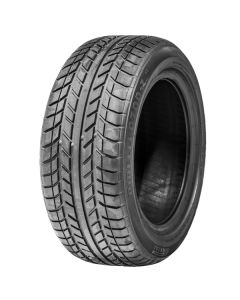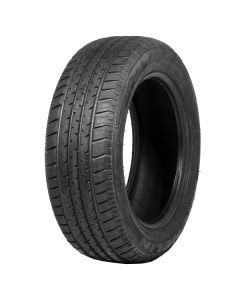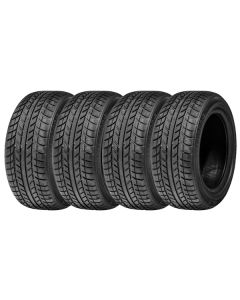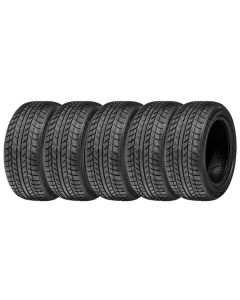BMW E30 M3 Tyres

BMW E30 M3 - Johannes Maximilian - GFDL 1.2
BMW E30 M3 1982–1994
- BMW’s E30 version of their fabulous M3 fitted 225/45 R 16 Pirelli P700-Z.
- Some BMW E30 M3 came fitted with Uniroyal Rallye or Goodyear Eagle NCT.
- In period the Evolution versions of the M3 E30, both the EVO1 and EVO2 fitted Michelin MXX. However the PIRELLI P700-Z is now the best tyre for these models.
- The 5,187 cars built of the AK01 M3 fitted 205/55 R16 tyres between March 1986 and August 1989. In this size the best AK01 M3 tyre is the 205/55 ZR 16 Michelin SX MXX3.
- 137 BB01 convertible E30 M3 from March 1988 and June 1989 fitted 205/55VR15 tyres.
- From July 1988 to June 1991 the BMW BB05, also a convertible E30 M3 fitted 205/55VR15.

1989 BMW E30 M3 Brochure picture
- In March 1988 the AK01 Evolution E30 M3 moved to 16” wheels and 225/45 R 16 Pirelli P700-Z until May 1988.
- The E30 M3 5300 US version of the the AK03 fitted 225/45 R 16 Pirelli P700-Z between March 1987 and December 1990.
- The the AK05 M3 catalytic model of May 1986 to December 1990 fitted 205/45 R16.
- The 600 models of the Sport Evolution M3; the AK07, made between Dec1989 and March 1990, also fitted 205/45 R16 tyres.
- Tyre pressures for the series 3 M3 we suggest 35psi front and 43psi rear on this EVO1 E30 M3 of 1986 and 1987.
- For the EVO2 M3 on BMW E30 chassis a little more pressure suggested of 36 front and 44 rear.
- Do not fit innertubes in the E30 BMW M3. You should not fit innertubes in 45 profile tyres.

BMW E30 M3 Evolution 2 on 225/45 R16 Tyres - Darren Teagles
BMW Series 3 E30 Tyres
The first of the Series 1 BMW 316 models, the 318i and the 4-cylinder BMW 320 fitted either 165R13 tyres on a 5” wide rim or 185/70 R13 tyres on the wider 5.5” rim. The more exclusive BMW 320i, the 323i model, and BMW's 6-cylinder 320 top-of-the range E30 models fitted 185/70R13 tyres. For these early E30 BMW 3 series cars, we would recommend the 165 HR 13 Michelin XAS and the 185/70 VR 13 PIRELLI CINTURATO CN36.
Around 1983–1984, the 3-series BMW E30 cars moved onto either 14” wheels or Michelin TRX 365mm wheels. The cars on TRX wheels fitted 200/60VR365 TRX, which are no longer manufactured. Michelin do still make a 220/55 VR 365 Michelin TRX which will fit on the 150–365 wheel that the E30 fitted. However, we cannot say for sure that they will fit in the wheel arches of these early 316, 318 i, 320 i, and 323 i E30 BMW cars.
From 1983 through to 1985–1986, the BMW Series 2 E30 moved the majority of its models onto a 195/60 R14 tyre for which Michelin make the excellent 195/60 VR 14 Michelin MXV3-A.
In the middle of 1985, the series 3 BMW E30 more proletariat models, the 316 and 318i models, were offered with 175/70 R14 tyres on 5.5J wheels or 195/65 R14 tyres on 6J wheels. The more top-of-the range models, the BMW 320i and the BMW 325 E, fitted 195/65 R14 or 7J-15” wheels with 205/55R15 tyres. There is a 195/65R14 Michelin MXV3A which will handle beautifully on the Series 3 E30 BMW with 14” wheels.
BMW M3 Tyres FAQ
A: Over the years the BMW M3 has gone through many generations with different tyres. What is great news is the recent reintroduction of the 225/45R16 Pirelli P700-Z which were original equipment BMW M3 tyres on the E30 series in the 1980s.
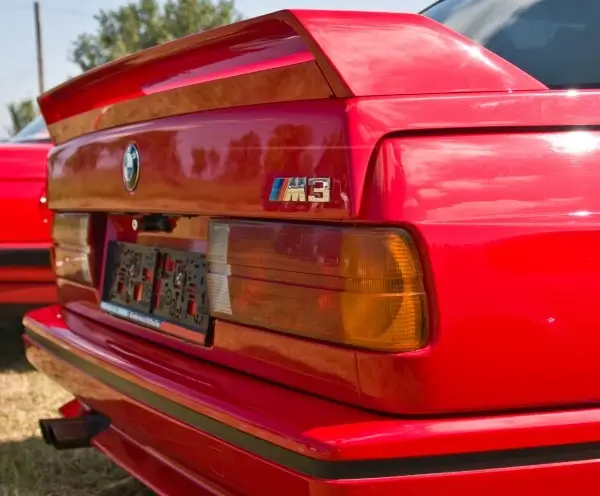
BMW E30 M3 Rear
History of the BMW E30 M3
The E30 M3 kicked off the M3 series of BMW, a high-performance version of the 3 series models. There has been an M3 version of every 3 series Beamer since their inception in 1986, the model year that the E30 M3 was released. The upgrades typically seen in the M3 models typically feature a more powerful engine, better handling, brakes, aerodynamics, weight reduction, and luxury interior additions. The E30 M3 started life as a coupe and throughout production, most of its models were made as Coupes, however, just over 4% of E30 M3s were made as convertibles.
All the M3 was intended to be in its inception was an FIA Group A homologation special in order to qualify for the Deutsche Tourenwagen Meisterschaft, this required a total of 5,000 cars to be built. The first the public saw of the E30 M3 was when it was displayed to the public at the 1985 Frankfurt model show, after this, production began in 1986 and ended in June 1991
Unique features to the E30 M3 included its BMW S14B23 engine, a double-overhead camshaft engine that kicked out 197bhp, if a catalytic convertor was equipped, this was trimmed down to 192bhp. It featured plenty of aerodynamical features, such as a front splitter, rear apron, sill panels, a flattened rear window, and changes around the area to fit this, resulting in lower lift forces and better straight-line stability.
In 1989, the Ravaglia and Cecotto limited editions were released. these were a short production run of about 500 total cars named after Deutsche Tourenwagen Meisterschaft drivers, both of whom had victories in an E30 M3. These models had a more powerful S14B23 engine that produced 212bhp with a catalytic convertor installed, this would later become the standard engine for E30 M3s in 1989.
The evolution models of E30 M3 were released in order to keep up with changing regulations. In 1987 the Evolution model (EVO 1) was released, later on, in 1989, these fitted the aforementioned updated engine, which kicked up the top speed to 149 mph. In 1988 the EVO 2 was released and would remove the catalytic convertor installed on the original, add larger wheels, thinner window glass, a deeper splitter, and an additional spoiler.
The Sport Evolution (EVO 3) was released in 1989 with another upgraded engine, this time producing 235bhp, increasing its top speed to 154mph. The EVO 3 models have bigger bumpers and an adjustable front splitter and rear wing.
The E30 M3 was a very successful touring race car, winning many touring championships internationally such as the 24 Hours Nurburgring, outmatching cars with significantly bigger engines. To keep the car up with the competition, the Evolution series was developed to stay in homologation rulings. It had also achieved a small success in rally competition, as it was very effective on asphalt, unlike some competitors claiming a victory in the Tour de Corse in 1987.


